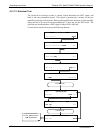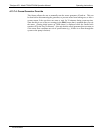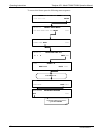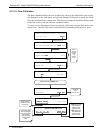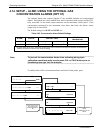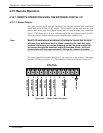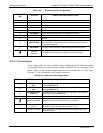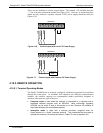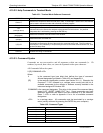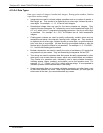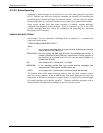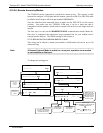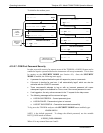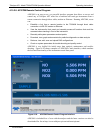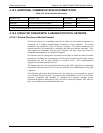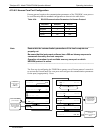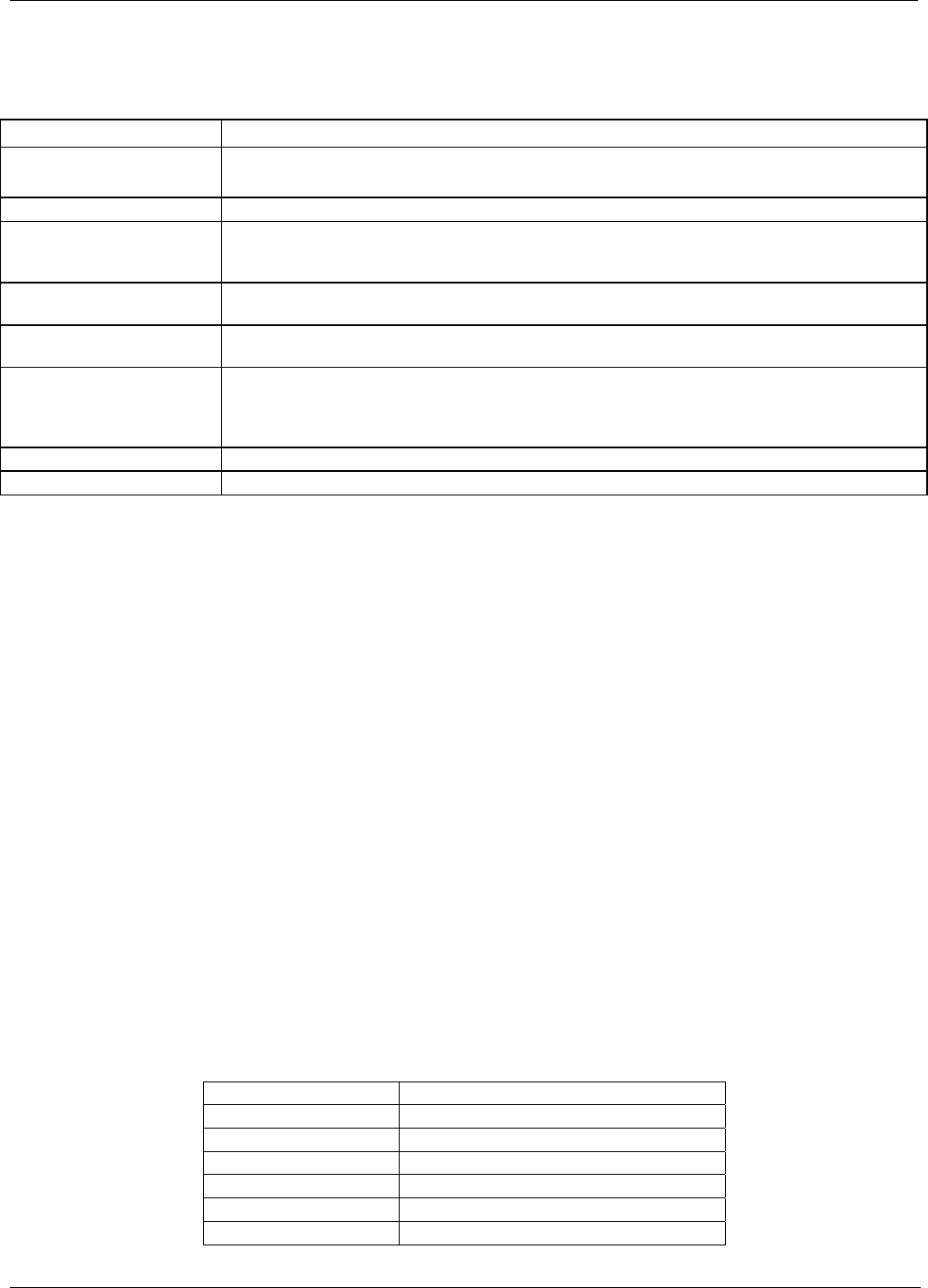
Operating Instructions Teledyne API - Model T200H/T200M Operation Manual
170
4.15.2.2. Help Commands in Terminal Mode
Table 4-31: Terminal Mode Software Commands
COMMAND FUNCTION
Control-T
Switches the analyzer to terminal mode (echo, edit). If mode flags 1 & 2 are OFF, the interface
can be used in interactive mode with a terminal emulation program.
Control-C Switches the analyzer to computer mode (no echo, no edit).
CR
(carriage return)
A carriage return is required after each command line is typed into the terminal/computer. The
command will not be sent to the analyzer to be executed until this is done. On personal
computers, this is achieved by pressing the ENTER key.
BS
(backspace)
Erases one character to the left of the cursor location.
ESC
(escape)
Erases the entire command line.
? [ID] CR
This command prints a complete list of available commands along with the definitions of their
functionality to the display device of the terminal or computer being used. The ID number of
the analyzer is only necessary if multiple analyzers are on the same communications line, such
as the multi-drop setup.
Control-C Pauses the listing of commands.
Control-P Restarts the listing of commands.
4.15.2.3. Command Syntax
Commands are not case-sensitive and all arguments within one command (i.e. ID
numbers, keywords, data values, etc.) must be separated with a space character.
All Commands follow the syntax:
X [ID] COMMAND <CR>
Where
X is the command type (one letter) that defines the type of command.
Allowed designators are listed in Table 4-32 and Appendix A.
[ID]
is the analyzer identification number (see Section 4.11.4.). Example: the
Comm
and “? 200” followed by a carriage return would print the list of
available commands for the revision of software currently installed in the
instrument assigned ID Number 200.
COMMAND is the command designator: This string is the name of the command being
issued (LIST, ABORT, NAME, EXIT, etc.). Some commands may have
additional arguments that define how the command is to be executed.
Press ? <CR> or refer to Appendix A for a list of available command
designators.
<CR> is a carriage return. All commands must be terminated by a carriage
return (usually achieved by pressing the ENTER key on a computer).
Table 4-32: Command Types
COMMAND COMMAND TYPE
C Calibration
D Diagnostic
L Logon
T Test measurement
V Variable
W Warning
07270B DCN6512



